Collection |
Collections
Filters
-
Collection Type
-
-
Collection |
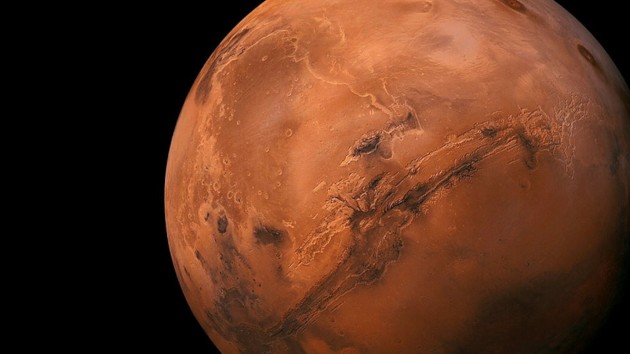 Wind, water and dust on Mars
Wind, water and dust on Mars
In this Collection, we bring together recent work, and invite further contributions, on the nature and characteristics of the Martian surface, the processes at play, and the environmental conditions both in the present-day and in the distant past.
Image: © [M] Paola Iamunno / Getty Images / iStockOpen for submissions -
Collection |
 Progress towards the Sustainable Development Goals
Progress towards the Sustainable Development Goals
The year 2023 marks the mid-point of the 15-year period envisaged to achieve the Sustainable Development Goals, targets for global development adopted in September 2015 by all United Nations Member States.
Image: © Springer NatureOpen for submissions -
Collection |
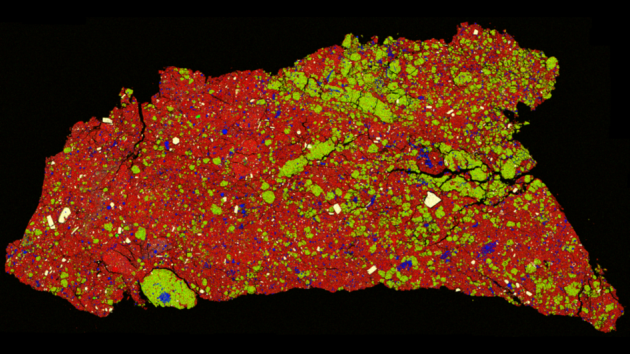 Ryugu sample return
Ryugu sample return
This Collection gathers all the research published in the Nature Portfolio journals on the analysis of the sample from carbonaceous asteroid Ryugu returned by the Japanese Space Agency JAXA spacecraft Hayabusa2 in December 2020, together with related Commentary pieces.
Image: Yamaguchi, A. et al. Nat Astron (2023) -
Collection |
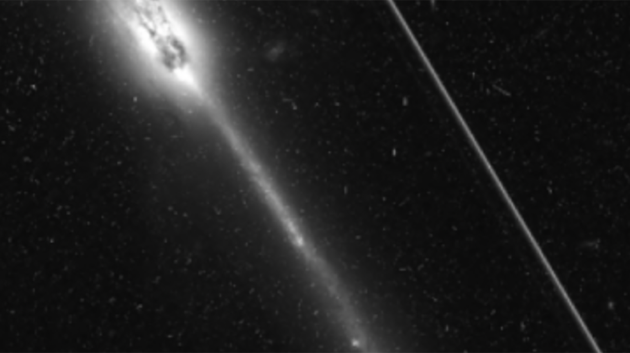 Dark skies
Dark skies
There is no escaping light pollution on Earth — not on the seafloor or at the poles. Even above us, low-Earth orbit is crowded with artificial satellites and space debris that reflect light and spoil Hubble Space Telescope images (pictured).
Image: NASA/Kruk et al. -
Collection |
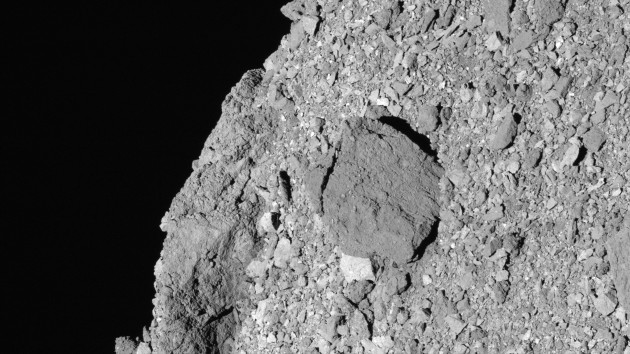 Asteroid Surfaces
Asteroid Surfaces
Recent missions to the asteroids Ryugu and Bennu have revealed that the surfaces of asteroids can be actively shaped by a variety of geological processes.
Image: NASA/Goddard/University of Arizona -
Focus |
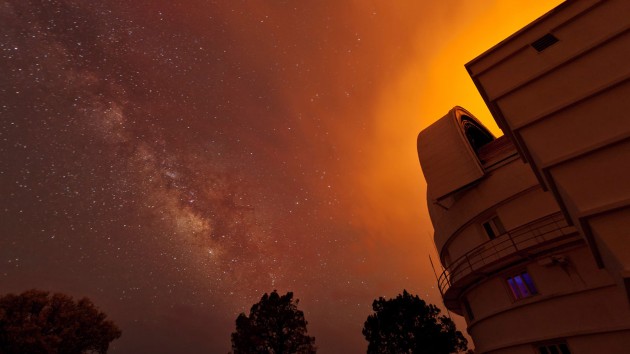 The impact of astronomy on climate change
The impact of astronomy on climate change
The global climate crisis has prompted the astronomy community in recent years to assess, primarily, the impact of its activities upon climate change, and secondarily, the impact of climate change upon astronomy.
Image: John Davis / Stocktrek Images / Getty -
Collection |
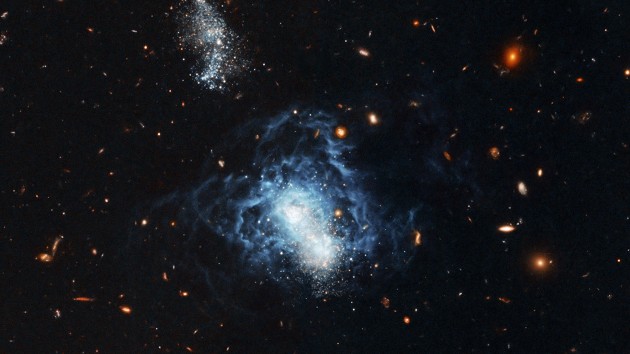 Dwarf galaxies
Dwarf galaxies
Dwarf galaxies — galaxies of mass less than roughly a billion solar masses — have emerged as key laboratories for testing a number of open questions in astrophysics, including the formation of the first stars and the chemical enrichment of the Universe, the growth of galaxies and of the black holes within them, and the existence and properties of dark matter.
Image: NASA/ ESA/ STScI (A. Aloisi) -
Focus |
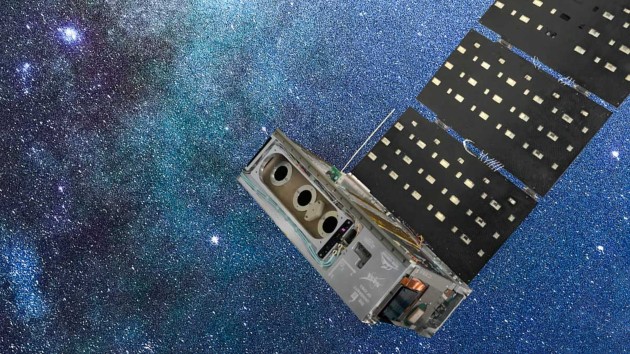 Future of Astronomy with Small Satellites
Future of Astronomy with Small Satellites
The space sector is experiencing a paradigm shift due to the significant decrease in the cost of building and launching small satellites in space.
Image: Image Courtesy of Blue Canyon Technologies, Inc. -
Collection |
 Nobel Prize in Physics 2020
Nobel Prize in Physics 2020
We present this Collection of research, review and comment from Nature Research to celebrate the award of the 2020 Nobel Prize in Physics to Roger Penrose “for the discovery that black hole formation is a robust prediction of the general theory of relativity” and to Reinhard Genzel and Andrea Ghez “for the discovery of a supermassive compact object at the centre of our Galaxy”.
Image: Springer Nature/The Nobel Foundation/Imagesource -
Collection |
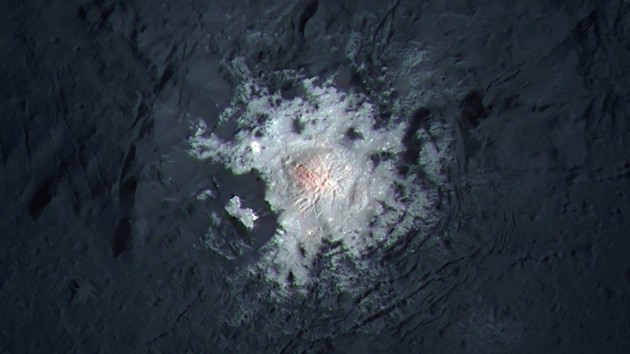 Dawn XM2 at Occator crater
Dawn XM2 at Occator crater
Close to the end of its mission, the Dawn spacecraft performed high resolution observations of Occator crater at Ceres in order to study its bright points (faculae) at unprecedented detail. These observations establish Ceres as an ocean world.
Image: NASA/JPL-Caltech/UCLA/MPS/DLR/IDA/PSI/LPI -
Collection |
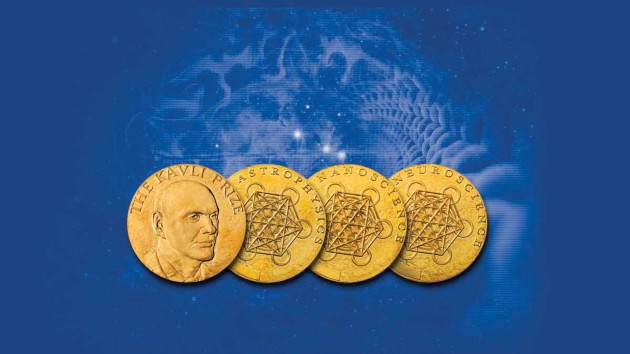 The Kavli Prize 2020
The Kavli Prize 2020
The Kavli Prize is awarded by a partnership between the Norwegian Academy of Sciences, the Norwegian Ministry of Education and Research and the Kavli Foundation.

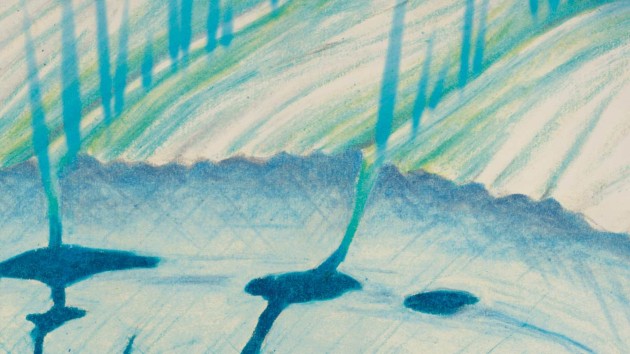 Astrobiology
Astrobiology